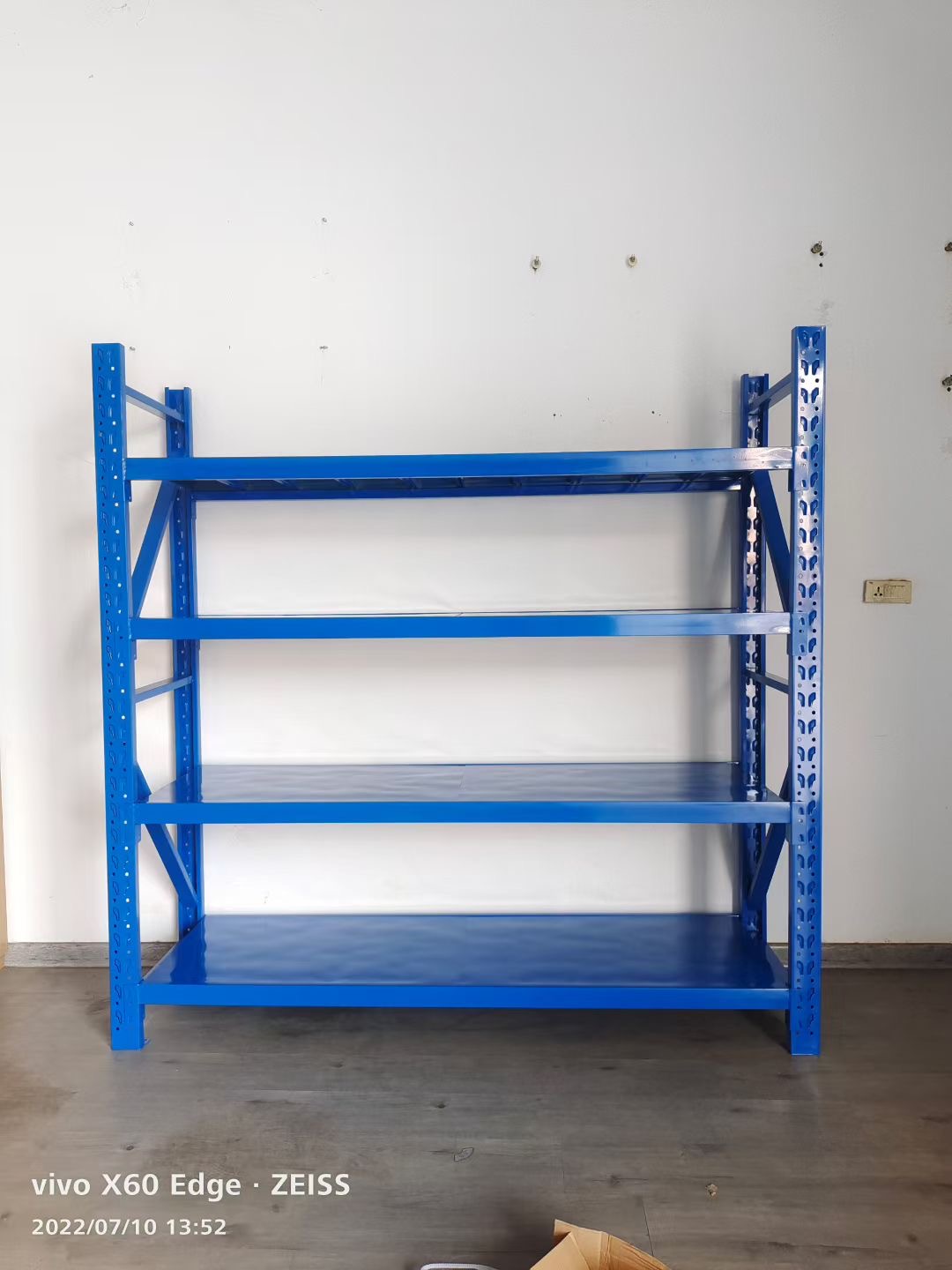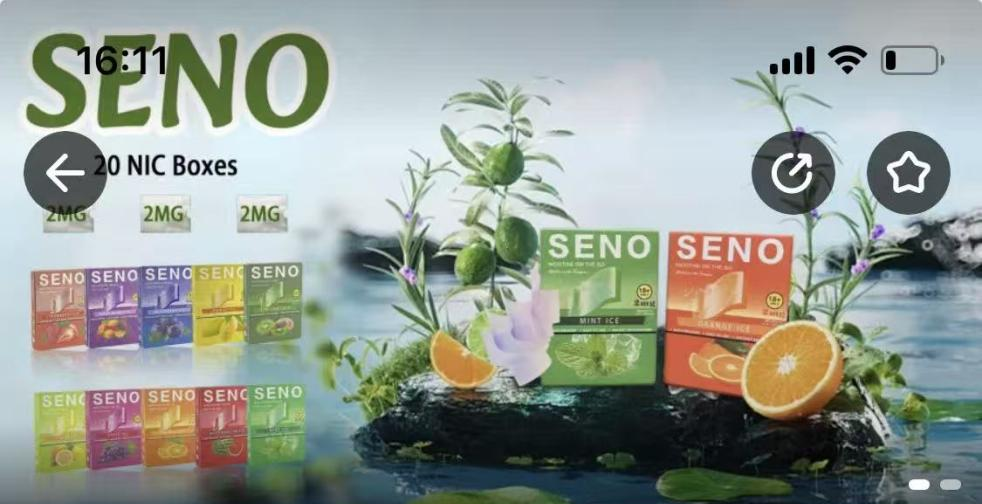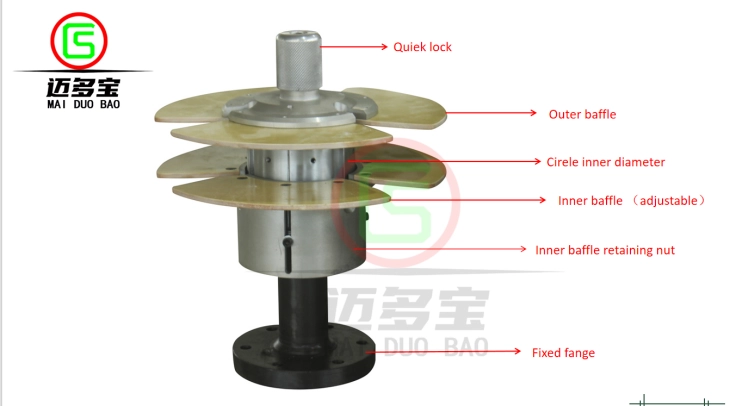When it comes to choosing the perfect gemstone for an engagement ring or other fine jewelry, the debate between moissanite and diamond has gained significant traction in recent years. Both stones possess unique qualities that appeal to different preferences and values. In this article, we will delve into the intricate details of both moissanite and diamond, exploring their origins, properties, ethical considerations, and overall value to determine: Is moissanite better than diamond?
The Origins of Moissanite and Diamond
Diamonds are formed deep within the Earth's mantle under extreme pressure and temperature over millions of years. Composed of carbon atoms arranged in a crystal lattice structure, diamonds are renowned for their unparalleled hardness and brilliance. They have been treasured for centuries, often symbolizing love and commitment.
Moissanite, on the other hand, was first discovered in 1893 by French chemist Henri Moissan in a meteorite crater. Initially thought to be diamond, it was later identified as silicon carbide (SiC). While natural moissanite is exceedingly rare, modern technology allows for the creation of lab-grown moissanite, which has become increasingly popular due to its ethical and environmental advantages.
Comparing Physical Properties
When evaluating whether moissanite is better than diamond, one must consider several physical properties:
- Brilliance and Fire: Moissanite exhibits a higher refractive index (2.65-2.69) compared to diamond (2.42), resulting in greater brilliance and fire. This means that moissanite can reflect light more effectively, creating a dazzling display of colors that some find more appealing than the classic sparkle of diamonds.
- Hardness: Diamonds are the hardest known natural material, scoring a perfect 10 on the Mohs scale of mineral hardness. Moissanite, while also durable, scores between 9.25 and 9.5. This makes both stones suitable for everyday wear, but diamonds hold a slight edge in terms of scratch resistance.
- Color and Clarity: Both moissanite and diamonds come in various colors and clarity grades. However, moissanite tends to have a slight yellow or green tint in certain lighting conditions, which may not appeal to everyone. Diamonds, particularly those graded as D (colorless), are often preferred for their pure, white appearance.
Ethical Considerations
In recent years, ethical sourcing has become a significant factor in gemstone purchasing decisions. Traditional diamond mining has been associated with various ethical issues, including labor exploitation and environmental degradation. In contrast, lab-grown moissanite offers a sustainable alternative, as it is produced in controlled environments with minimal environmental impact.
Moreover, the rise of conflict diamonds has led many consumers to seek ethically sourced options. Moissanite, being lab-created, eliminates concerns about human rights violations and environmental harm associated with mining.
Cost Analysis
One of the most compelling arguments for moissanite is its cost-effectiveness. Moissanite typically costs 10-15% of the price of a comparable diamond. For budget-conscious consumers or those seeking larger stones without breaking the bank, moissanite presents an attractive option. This affordability allows for more flexibility in design and customization, enabling buyers to invest in higher quality settings or additional pieces of jewelry.
Longevity and Resale Value
While both gemstones are durable, diamonds generally hold their value better over time. The resale market for diamonds is well-established, and they often appreciate in value. Moissanite, being a newer entrant in the gemstone market, does not have the same resale value. However, many consumers prioritize the initial purchase and personal satisfaction over potential resale.
Conclusion: Is Moissanite Better Than Diamond?
The answer to whether moissanite is better than diamond ultimately depends on individual preferences and values. For those prioritizing brilliance, ethical sourcing, and affordability, moissanite may be the superior choice. Conversely, if one values tradition, longevity, and resale potential, diamonds may be more appealing.







